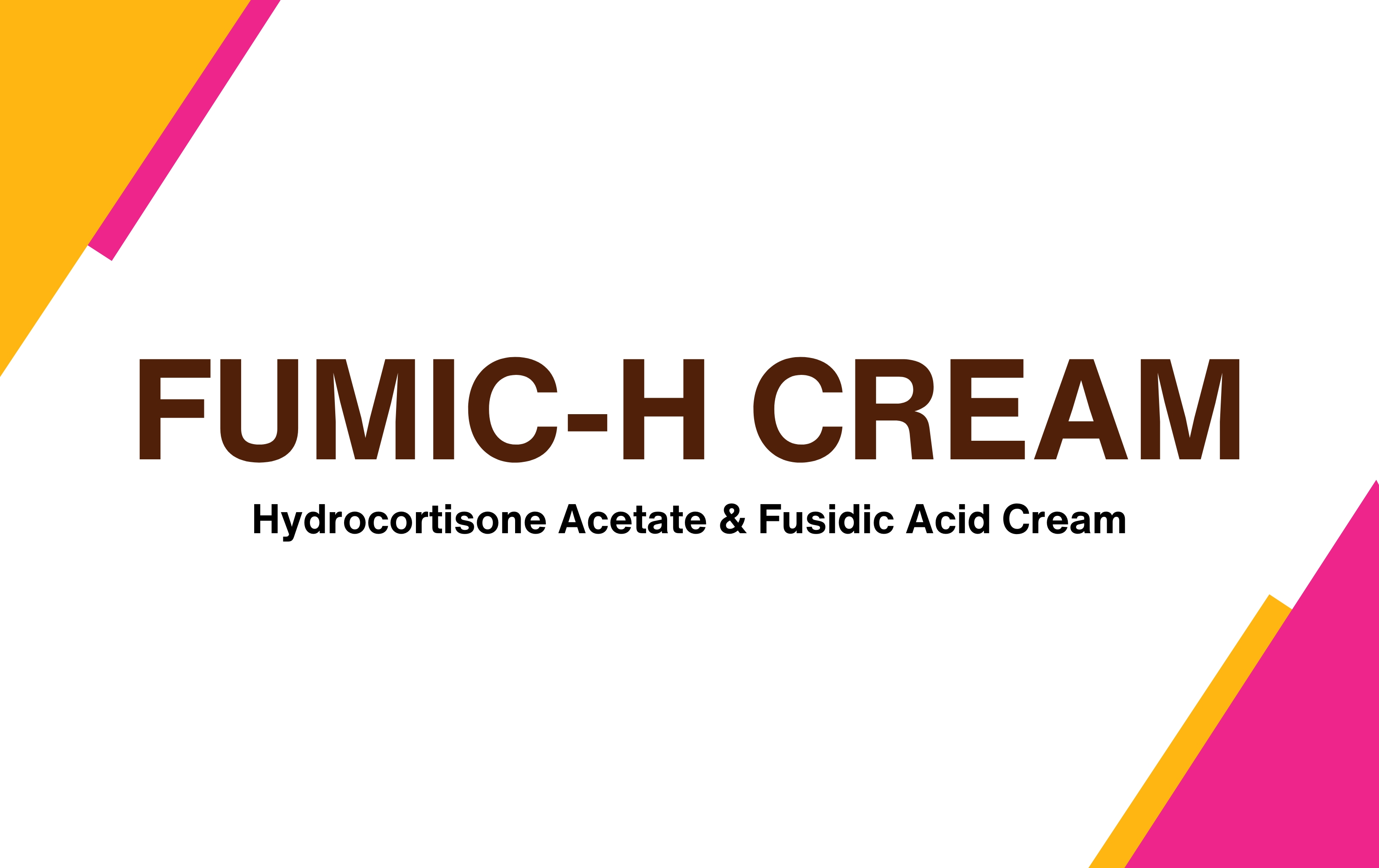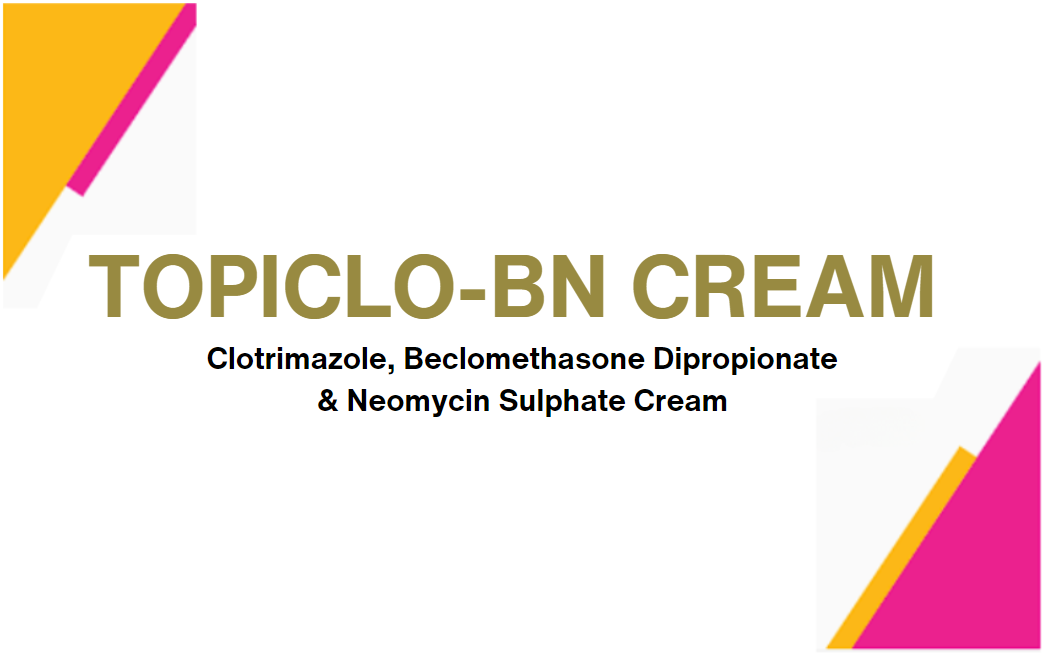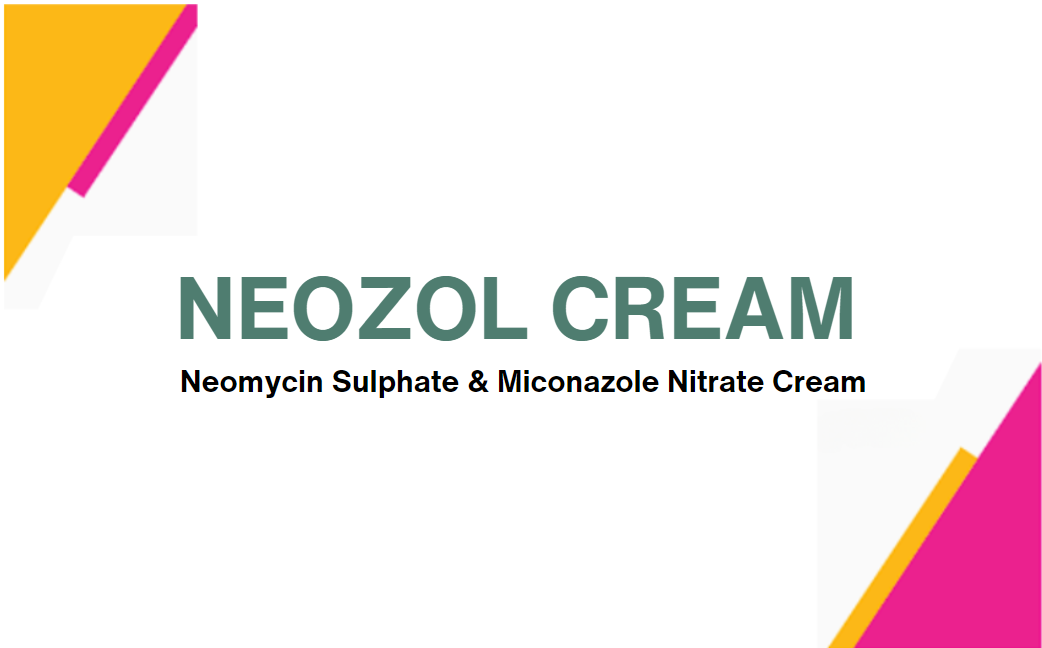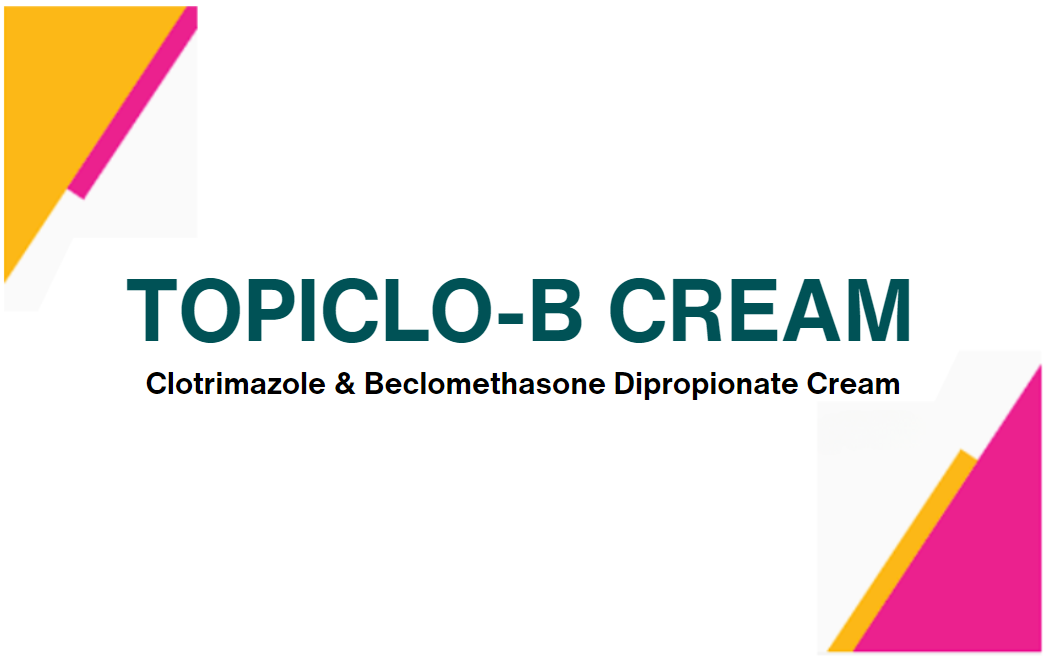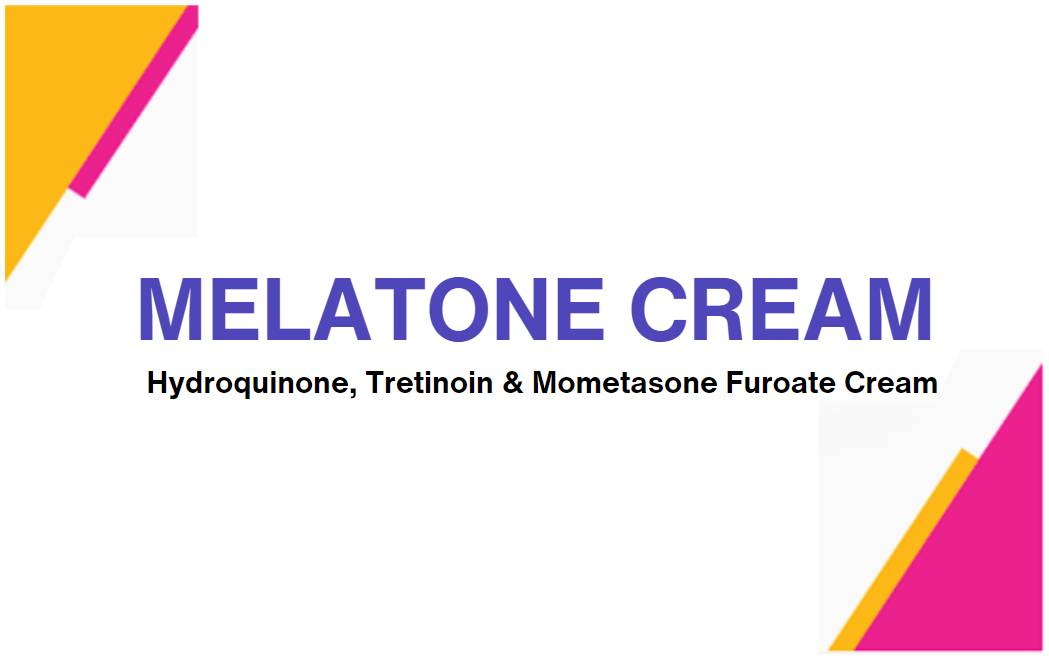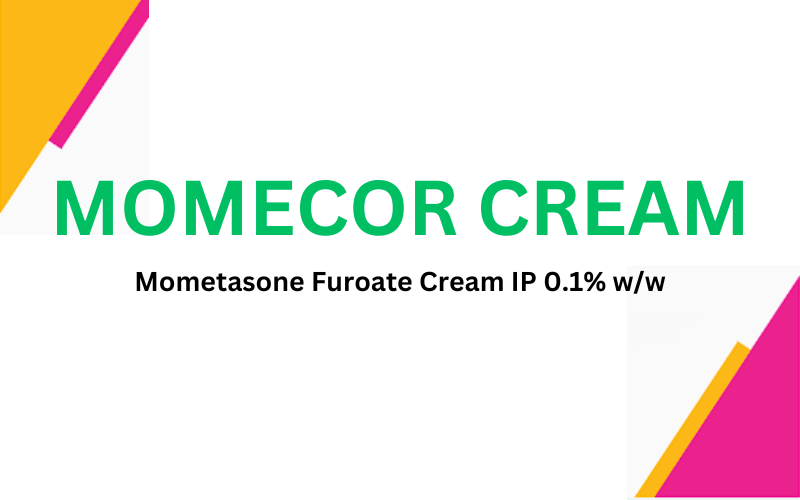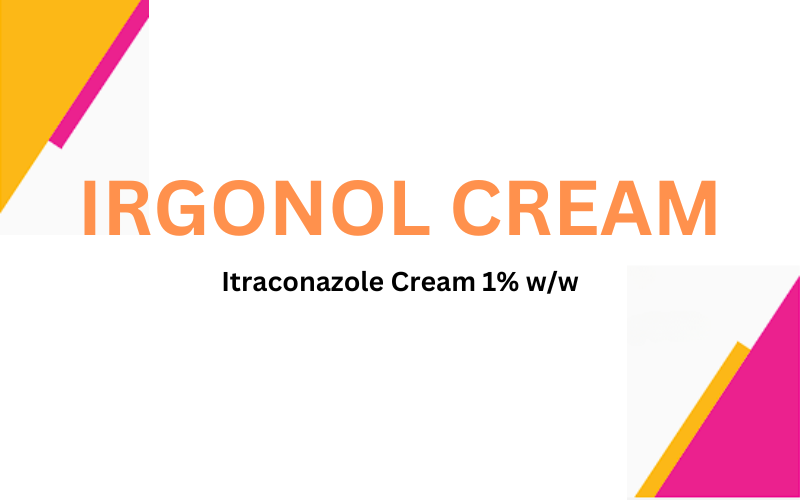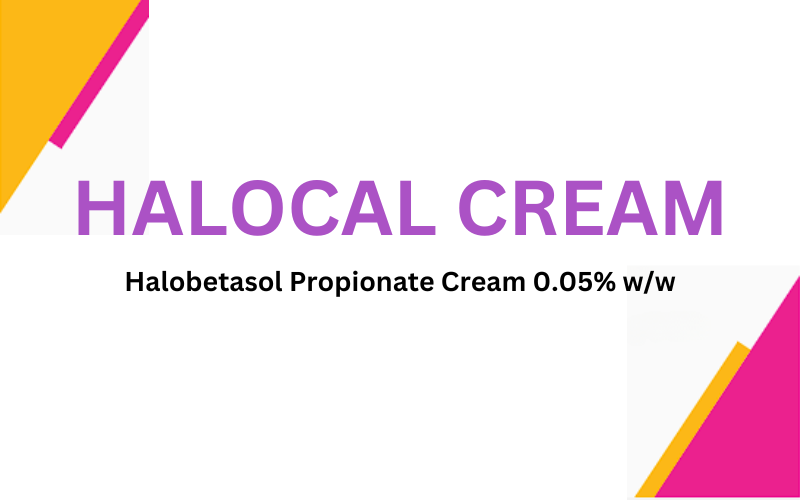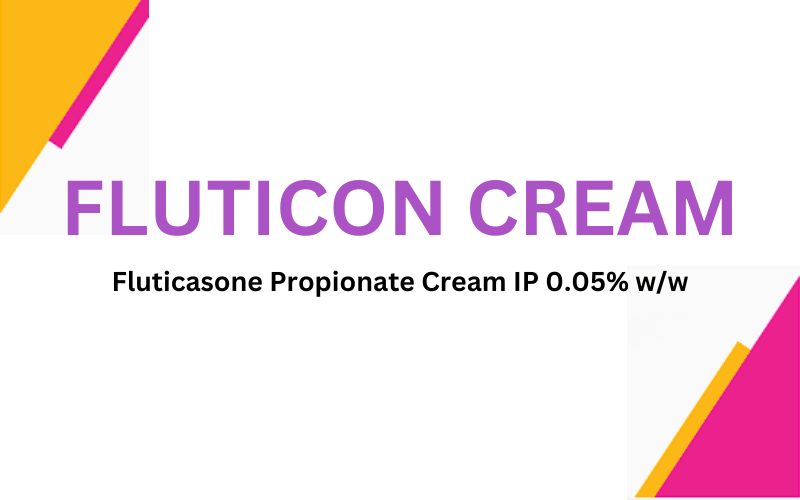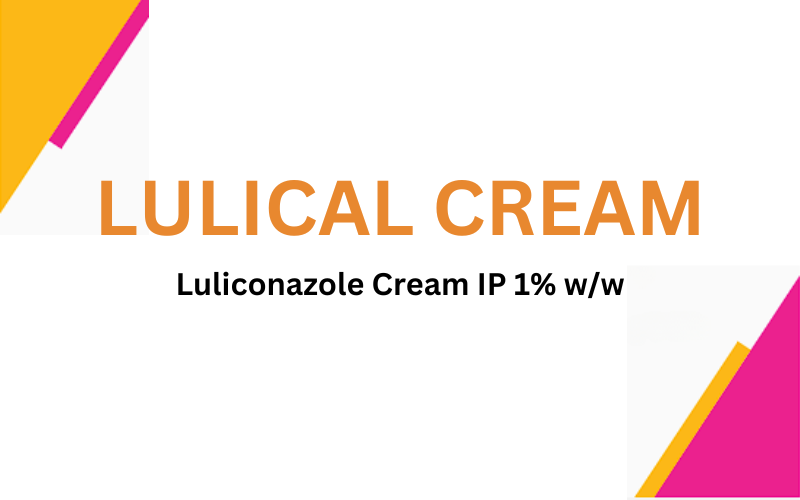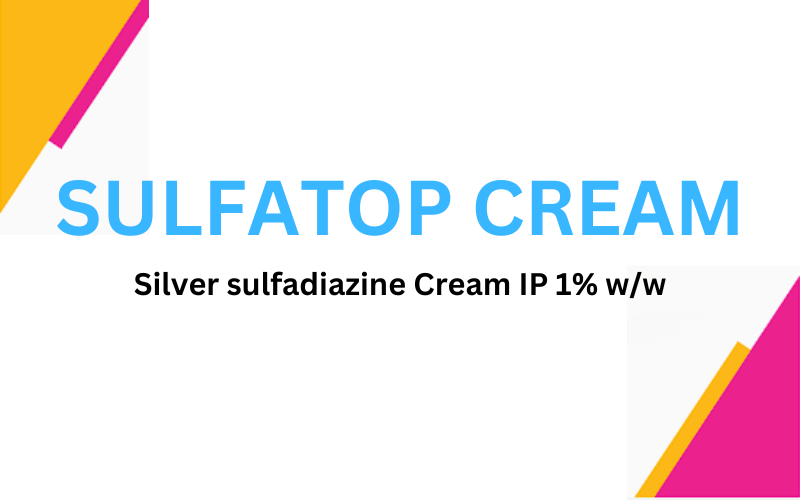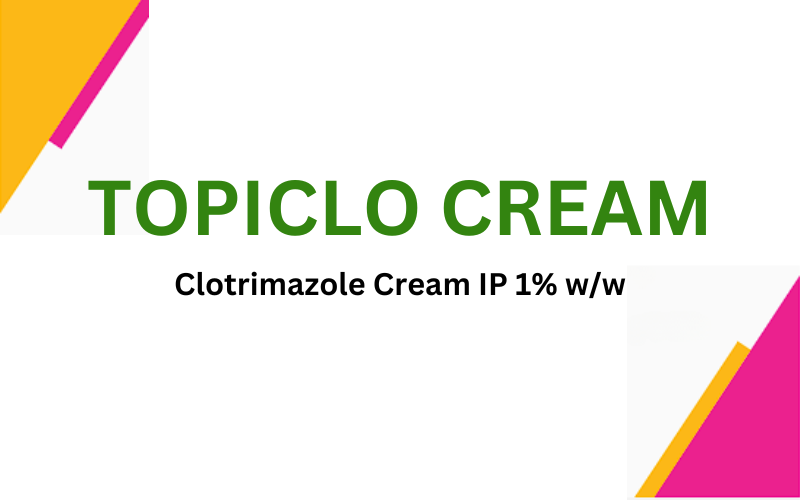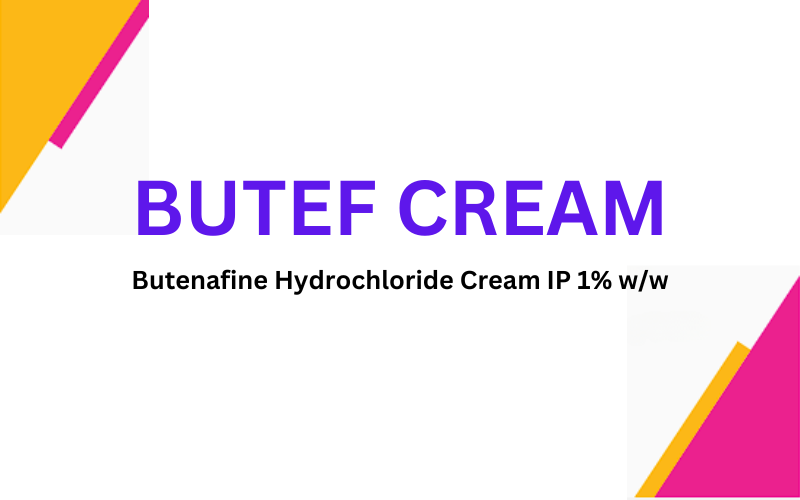Composition:
Each gram of cream contains:
Fusidic Acid IP 2% w/w
Hydrocortisone Acetate IP 1% w/w
In a cream base q.s.
Description:
Fusidic Acid & Hydrocortisone Acetate Cream is a topical medication used to treat skin conditions where both inflammation and bacterial infection are present. It combines an antibiotic (Fusidic acid) to fight bacteria and a corticosteroid (hydrocortisone) to reduce inflammation, redness, and itching.
Indication:
Fusidic Acid & Hydrocortisone Acetate cream is indicated in eczema and dermatitis with secondary bacterial infections, including atopic eczema, primary irritant dermatitis and allergic and seborrhoeic dermatitis where the organisms responsible are known to be or believed to be sensitive to Fusidic acid.
Dosage & Administration:
Adults and children
Uncovered lesions – a small quantity should be applied to the affected area twice daily until a satisfactory response is obtained. A single treatment course should not normally exceed 2 weeks.
Covered lesions – less frequent applications may be adequate
Method of administration:
Topical.
Contraindication:
Hypersensitivity to the active substance or to any of the excipients used.
Due to the content of corticosteroid, Fusidic Acid & Hydrocortisone Acetate cream is contraindicated in the following conditions:
Primary skin infections caused by fungi, virus or bacteria, either untreated or uncontrolled by appropriate treatment.
Skin manifestations in relation to tuberculosis, either untreated or uncontrolled by appropriate therapy.
Perioral dermatitis and rosacea.
Warning & Precaution:
Long-term continuous topical therapy with Fusidic Acid & Hydrocortisone Acetate cream should be avoided.
Depending on the application site, possible systemic absorption of hydrocortisone acetate should always be considered during treatment with Fusidic Acid & Hydrocortisone Acetate cream.
Due to the content of corticosteroid, Fusidic Acid & Hydrocortisone Acetate cream should be used with care near the eyes. Avoid getting Fusidic Acid & Hydrocortisone Acetate cream into the eyes.
Visual disturbance may be reported with systemic and topical corticosteroid use. If a patient presents with symptoms such as blurred vision or other visual disturbances, the patient should be considered for referral to an ophthalmologist for evaluation of possible causes which may include cataract, glaucoma or rare diseases such as central serous chorioretinopathy (CSCR) which have been reported after use of systemic and topical corticosteroids.
Reversible hypothalamic-pituitary-adrenal (HPA) axis suppression may occur with or without occlusions following systemic absorption of topical corticosteroids.
Fusidic Acid & Hydrocortisone Acetate cream should be used with care in children as paediatric patients may be more susceptible to topical corticosteroid-induced HPA axis suppression and Cushing’s syndrome than adult patients.
Bacterial resistance has been reported to occur with the topical use of Fusidic acid. As with all antibiotics, extended or recurrent use of Fusidic acid may increase the risk of developing antibiotic resistance. Limiting therapy with topical Fusidic acid and hydrocortisone acetate to no more than 14 days at a time will minimise the risk of developing resistance.
Due to the immunosuppressant effect of corticosteroids, Fusidic Acid & Hydrocortisone Acetate cream may be associated with increased susceptibility to infection, aggravation of existing infection, and activation of latent infection. It is advised to switch to systemic therapy if infection cannot be controlled with topical treatment.
As Fusidic Acid & Hydrocortisone Acetate cream contains a corticosteroid it is not recommended in the following conditions: atrophic skin, cutaneous ulcer, acne vulgaris, fragile skin veins and perianal and genital pruritus. Contact with open wounds and mucous membranes should be avoided. As with all corticosteroids, prolonged use on the face should be avoided.
Instruct patients not to smoke or go near naked flames – risk of severe burns. Fabric (clothing, bedding, dressings etc) that has been in contact with this product burns more easily and is a serious fire hazard. Washing clothing and bedding may reduce product build-up but not totally remove it.
Long term use of topical steroids can result in the development of rebound flares after stopping treatment (topical steroid withdrawal syndrome). A severe form of rebound flare can develop which takes the form of a dermatitis with intense redness, stinging and burning that can spread beyond the initial treatment area. It is more likely to occur when delicate skin sites such as the face and flexures are treated.
The label will state mild steroid.
Drug Interaction:
No interaction studies have been performed. Interactions with systemically administered medicinal products are considered minimal.
Use in Specific Population:
Pregnancy
Fusidic acid:
No effects during pregnancy are anticipated, since systemic exposure to fusidic acid is negligible.
Hydrocortisone acetate:
A large amount of data on pregnant women (more than 1000 pregnancy outcomes) indicates no malformative nor feto/neonatal toxicity of corticosteroids.
Fusidic Acid & Hydrocortisone Acetate cream can be used during pregnancy if clinically needed. However, based on a general knowledge about systemic corticosteroids, caution should be exercised when using Fusidic Acid & Hydrocortisone Acetate cream during pregnancy.
Breastfeeding
No effects on the breastfed new-born/infant are anticipated since the systemic exposure of topically applied fusidic acid/hydrocortisone acetate to a limited area of skin of the breastfeeding woman is negligible.
Fusidic Acid & Hydrocortisone Acetate cream can be used during breastfeeding but it is recommended to avoid applying Fusidic Acid & Hydrocortisone Acetate cream on the breast.
Fertility
There are no clinical studies with Fusidic Acid & Hydrocortisone Acetate cream regarding fertility.
Adverse effect:
The estimation of the frequency of adverse reactions is based on a pooled analysis of data from clinical studies and spontaneous reporting.
The most frequently reported adverse reactions during treatment are application site reactions including pruritus, burning and irritation.
Adverse reactions are listed below by system organ class and frequency. Frequencies are defined as: very common (1/10), common (1/100 to <1/10), uncommon (1/1,000 to <1/100), rare (1/10,000 to <1/1,000), very rare (<1/10,000), including isolated
| Immune system disorders | |
| Uncommon
(≥ 1/1,000 and <1/100) |
Hypersensitivity |
| Eye disorders | |
| Not known | Vision, blurred |
| Skin and subcutaneous tissue disorders | |
| Uncommon:
(≥ 1/1,000 and <1/100) |
Dermatitis contact
Eczema (condition aggravated) Rash |
| Not known | Withdrawal reactions – redness of the skin which may extend to areas beyond the initial affected area, burning or stinging sensation, itch, skin peeling, oozing pustules |
| General disorders and administration site conditions | |
| Common:
(≥ 1/1,00 and <1/10) |
Application site reaction
(incl. pruritus, burning and irritation) |
Reporting of suspected adverse reactions
Reporting suspected adverse reactions after authorization of the medicinal product is important. It allows continued monitoring of the benefit/risk balance of the medicinal product. Healthcare professionals are asked to report any suspected adverse.
Overdosage:
For topically applied fusidic acid, no information concerning potential symptoms and signs due to overdose administration is available. Cushing’s syndrome and adrenocortical insufficiency may develop following topical application of corticosteroids in large amounts and for more than three weeks.
Systemic consequences of an overdose of the active substances after accidental oral intake are unlikely to occur. The amount of fusidic acid in one tube of Fusidic Acid & Hydrocortisone Acetate cream does not exceed the oral daily dose of systemic treatment. A single oral overdose of corticosteroids is rarely a clinical problem.
Pharmacodynamics:
Pharmacotherapeutic group: Hydrocortisone and antibiotics, ATC code: D07C 01
Hydrocortisone is classed as a mild corticosteroid.
Fusidic Acid & Hydrocortisone Acetate cream combines the potent topical antibacterial action of fusidic acid with the anti-inflammatory and antipruritic effects of hydrocortisone. Concentrations of 0.03 – 0.12 micrograms fusidic acid per ml inhibit nearly all strains of Staphylococcus aureus. Topical application of fusidic acid is also effective against streptococci, corynebacteria, neisseria and certain clostridia.
Pharmacokinetics:
There are no data which define the pharmacokinetics of Fusidic Acid & Hydrocortisone Acetate cream, following topical administration in man.
However, in vitro studies show that fusidic acid can penetrate intact human skin. The degree of penetration depends on factors such as the duration of exposure to fusidic acid and the condition of the skin. Fusidic acid is excreted mainly in the bile with little excreted in the urine.
Hydrocortisone is absorbed following topical administration. The degree of absorption is dependent on various factors including skin condition and site of application. Absorbed hydrocortisone is extensively metabolised and rapidly eliminated in the urine.
Presentation:
FUMIC-H is available in 15g of pack filled in laminated tube & packed in carton.
